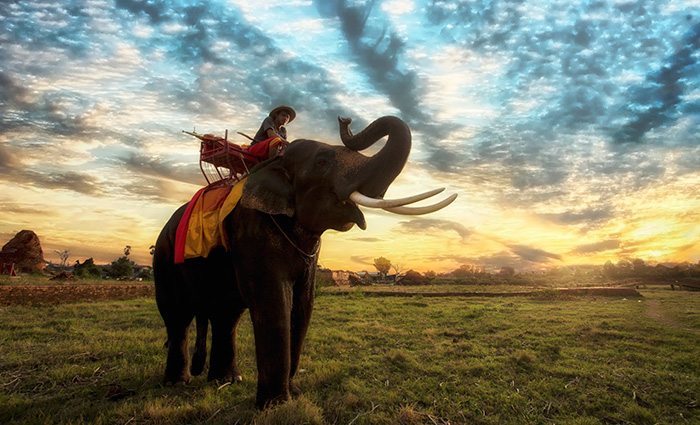According to a recent report by World Animal Protection, almost 80% of tourists who visit animal-related hotspots and participate in animal ‘shows’ or handling, are unaware of the behind-the-scenes ramifications for the animals.
The same report outlined which popular “experiences” were the worst culprits when it came to cruelty. Twenty-four different types of wildlife entertainment were rated based on welfare and conservation criteria.
An astounding three out of every four attractions were found to have violated some aspect of animal-rights law, according to the University of Oxford’s Wildlife Conservation Research Unit.
“If you can hug it, ride it or take a selfie with it in a close encounter, chances are that animal has been suffering and been subject to cruelty,” World Animal Protection head of campaigns Australia Nicola Beynon told the ABC.
“As tourism continues to grow, we estimate that approximately 110 million people will visit cruel wildlife tourist attractions each year, unaware of the animal abuse.”
“Attractions” or “experiences” like elephant riding may seem harmless on the surface but in reality the docile nature of the beautiful beast has been forced through torture and violent dominance techniques. Animals kept in this condition, especially ones who are subjected to training via bull hooks and other torture devices, are very rarely given correct veterinary care and as such are often plagued with infection and illness. Most of the elephants who are kept in captivity for tourism purposes are kept from interacting socially with other elephants – an exclusion that is incredibly detrimental to the health and mental wellbeing of such a social animal. To make matters worse, in order to make the elephants submissive enough to ride, they are taken from their mothers as babies and forced into chains and ropes where they grow up in solitary.
Like elephants, those cute little tiger cubs you see in captivity that are seemingly ‘safe’ for human interaction, were also taken from their mothers at an early age. Handled and used for photograph props for hours on end, they are typically contained in small, concrete rooms or cages, only brought outside to be poked and prodded by humans.
Further down on the list, but no less severe, were bear parks, holding sea turtles, performing dolphins, dancing monkeys, touring civet coffee plantations (Kopi Luwak), snake charming and crocodile farms.
Thailand recently introduced a new law making cruelty against animals illegal. However, with it being one of the most popular locations for wildlife tourism, it is increasingly difficult to enforce such a law.
“The social media phenomenon to get a picture with a wild animal and have things like a selfie with a tiger on their travel bucketlist, it is certainly driving the demand,” Ms Beynon told the ABC.
“The more people that are aware of the cruelty and the more this campaign can stigmatise the wildlife tourist entertainment industry, the better off the animals will be.
“We are working with venues in Thailand to try and transition them from cruel practices to more genuine wildlife sanctuary experiences.”
“As well as the cruelty to animals, there is also the very real danger to tourists,” says Kate Nustedt, Director of Wildlife at World Animal Protection.
Unfortunately these cruel practices will continue to exist as long as there are people who take part in them. The challenge now is to encourage tourists to boycott such industries, driving demand down and acting to eradicate the mistreatment.









